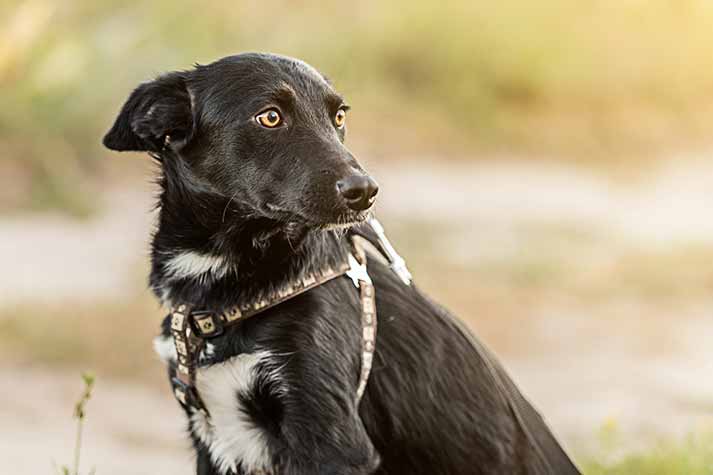
23 Oct
What is Pet Neutering?
If you’ve recently decided to give a dog or cat a home, you know there are
various health and vaccination prerequisites to be met to ensure their health
and well-being. There’s the rabies vaccination, the period a newborn has
to spend with their mother, and so on. You might have heard about neutering or
spaying your pet. What is neutering? Should you get your pet neutered?
Here’s everything you need to know about pet neutering. Neutering refers to the sterilization process through which a pet’s ability
to reproduce is stopped. Neutering is often written as “spay-neuter”
in the context of pets, as neutering refers to the sterilization process for
males, and spaying refers to the sterilization process for females. 4-6 months is the widely accepted age for dog neutering; closer to 6 months than
4. However, this time frame varies from the size of the dog to what breed it is,
and it is always important to consult your vet before any surgical procedures.
Neutering a dog follows these steps: Spaying a Dog follows these steps: The neutering process generally comes with post-operative instructions that you
can follow at home and make your dog more comfortable. Here are some steps
through which you can do the same. It is recommended to get a cat neutered/spayed between 5-6 months of age. Some
male cats may reach sexual maturation before 6 months of age, so waiting any
longer may result in an accidental pregnancy. Kittens are better than adult cats
with minor surgery, so it is recommended to get it done sooner instead of later.
Remember to make any decision only after consulting with a vet so you can do
what benefits your pet. Neutering a cat follows these steps: The neutering process generally comes with post-operative instructions that you
can follow at home and make your dog more comfortable. Here are some steps
through which you can do the same.What is Pet Neutering?
Reasons to Neuter or Spay Your
Dog
Neutering Your Dog
After Care for Dogs Recovering
After Neutering or Spaying
Neutering Your Cat
After Care for Cats Recovering
After Neutering






AUTHOR’S BIO
Carry My Pet
Passionate pet enthusiasts and globetrotters, dedicated to easing furry friends' journeys worldwide. Penning tales of compassion at CarryMyPet, where every relocation is a tail-wagging adventure.